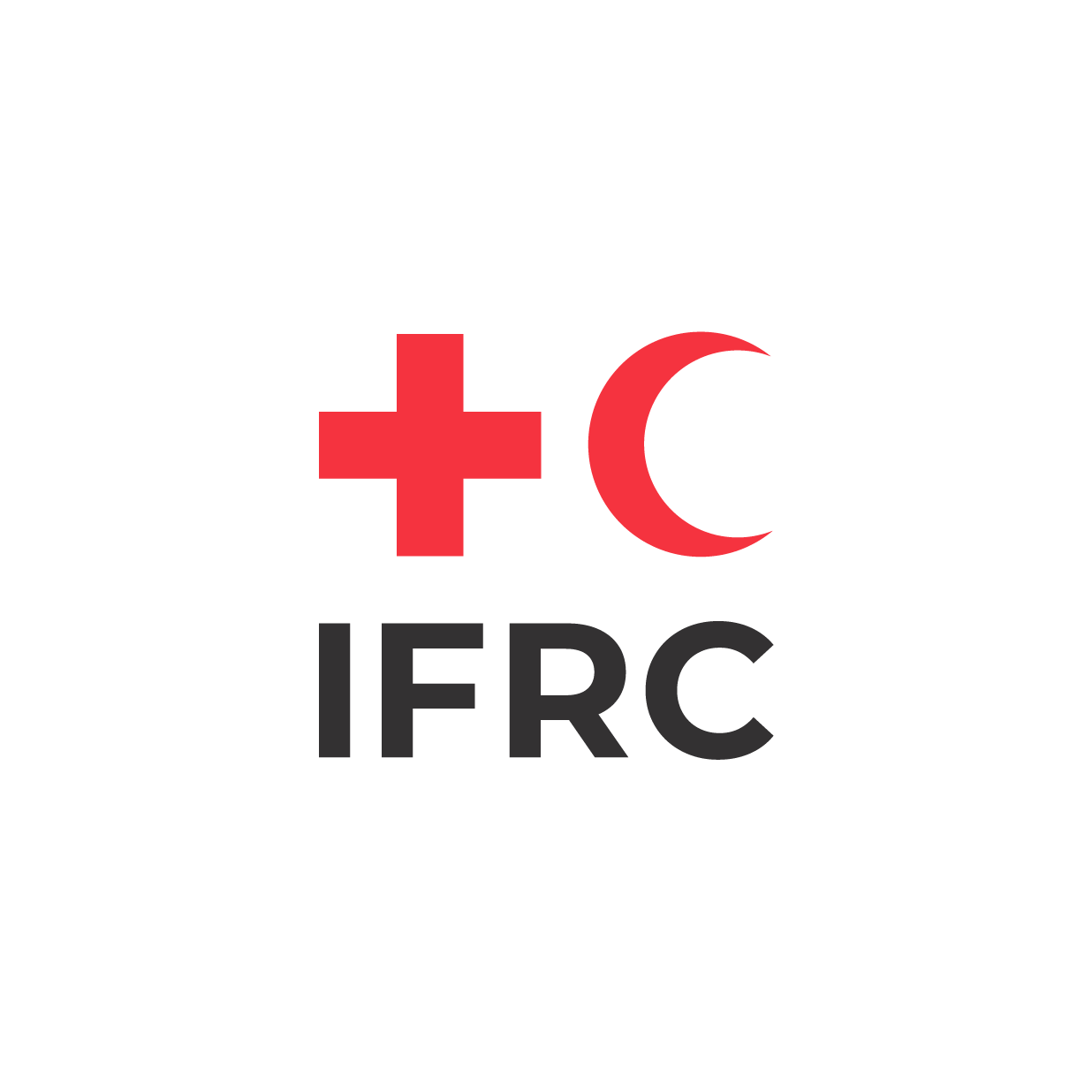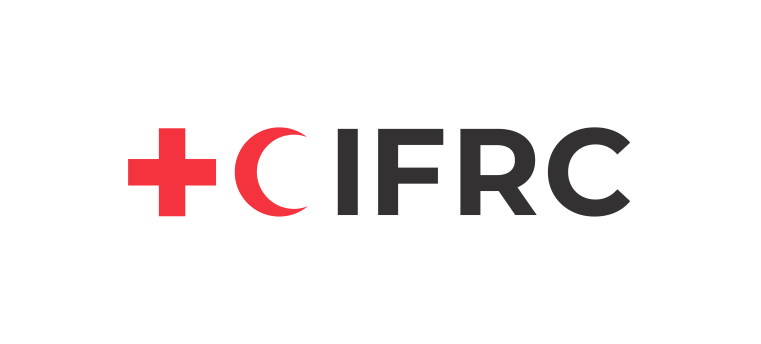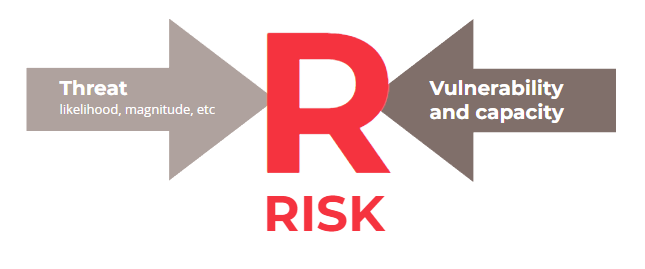Stage 2
Reference Sheet M
Risk and integrated risk management
Risk management is an overarching aim of disaster management; we aim to manage the risk before it becomes a disaster. Risk is the likelihood that an event will occur and have a negative impact. The degree of impact depends on how vulnerable a community is beforehand, as well as on the capacity of its members to anticipate, adapt, cope and recover (and even to improve their position) afterwards.
Risk: where threats (likelihood, magnitude) and vulnerability / capacity collide
A resilient community is one that has built up its capacities and thereby reduced its vulnerability in relation to the threats it faces. As resilience increases, risk decreases.
Both elements - threat and vulnerability/capacity - are required to provide a complete picture of risks and identify sound proactive solutions. For example, early warning systems (EWS) were originally designed specifically to track hazards. It has become clear, however, that EWS only provide actionable information when they also track the condition of people in the path of a threat - their presence, profiles, and ability to withstand its impact. This holds for early warning of any threat, whether from epidemics, conflicts or road accidents.
Integrated risk assessment
Assessment is a well‑known component of program cycles. It provides a way to collect and compile information, and use the resulting evidence to draw conclusions that (a) reflect the needs and priorities of affected communities and (b) deliver appropriate and sustainable solutions. Risk assessment or risk measurement means studying both components of risk: the threat, and a community’s vulnerability and capacity (see tip below). When you adopt a holistic approach, as suggested in this Road Map, and examine all the threats a community perceives and how they interact, you are doing an integrated risk assessment.
The United Nations Office for Disaster Risk Reduction (UNDRR) updated its glossary of terms for this sector in 2017 with an online version available here.

The International Federation of Red Cross and Red Crescent Societies is the world's largest humanitarian network and is guided by seven Fundamental Principles: Humanity, Impartiality, Neutrality, Independence, Voluntary Service, Universality and Unity.
Follow IFRC
© The Global Disaster Preparedness Center 2024

